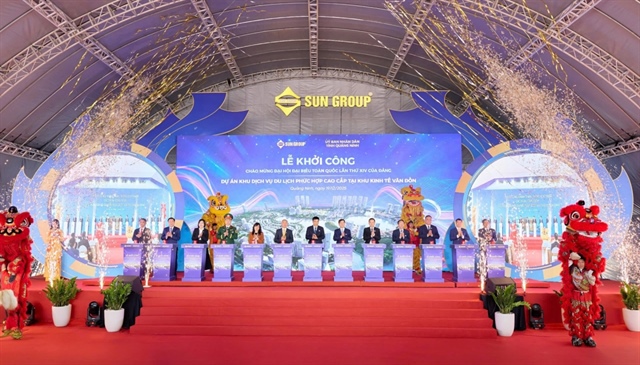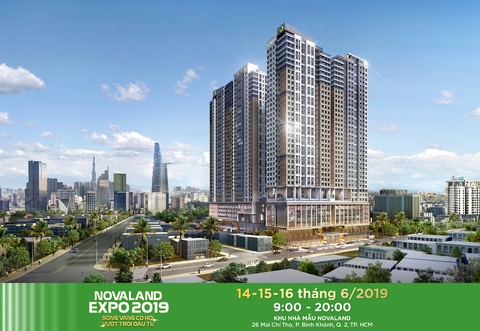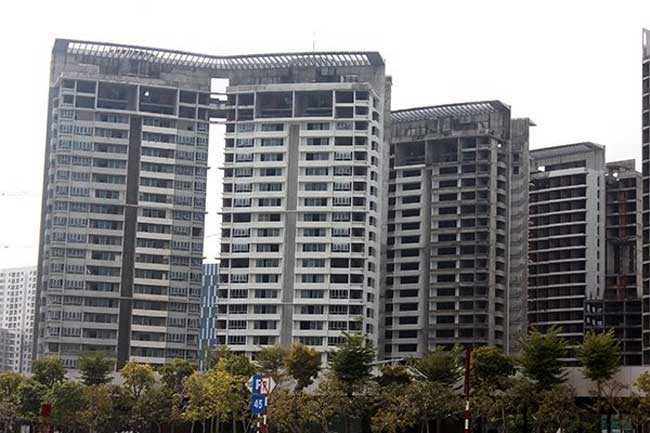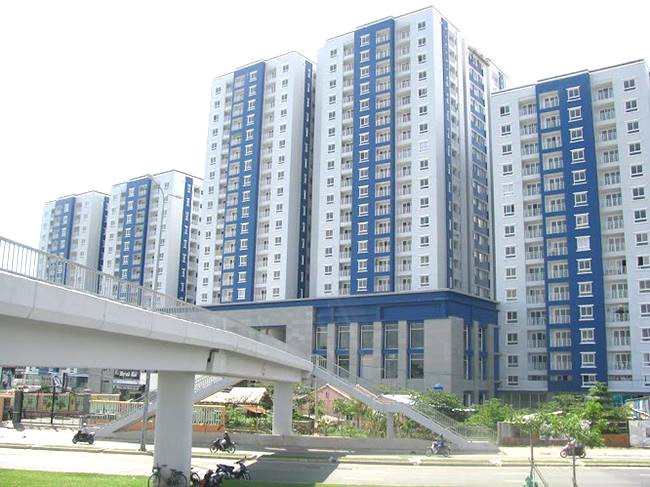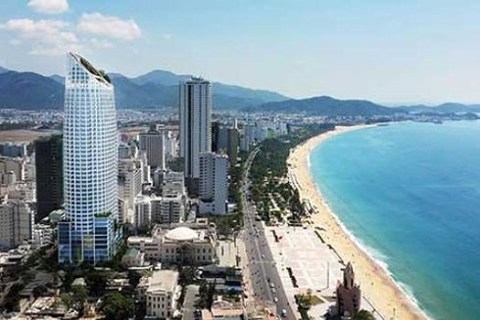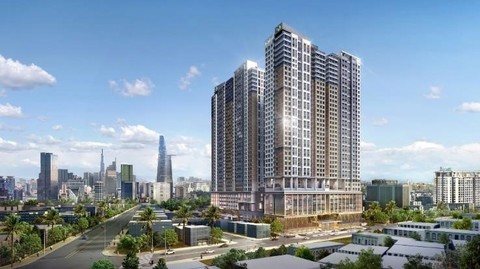Vietnamese architect laments lack of greenery in cities
Vietnamese architect laments lack of greenery in cities
There is rising demand for greenery as the pressure of urbanization is growing on Vietnam's cities.
Green architecture, eco-urban construction and climate change adaption in buildings have become a trend in many countries. Vietnam has seen rapid urbanization in the last 30 years due to its international economic integration and market opening. This has brought challenges like environmental pollution and loss of water bodies.
Singapore is a typical example of greenery in architecture with its iconic buildings like Marina Bay Sands and Changi Airport Station. Programs promoting the use of greenery in the design of buildings and urban infrastructure have improved the environment, making Singapore a wonderful place for living.
But in Vietnam, incorporating greenery in construction faces several obstacles.
Tran Vu Lam, chairman of CUBIC Architects, a Hanoi-based design firm specializing in high-rise building, said more green space means less constructed area, which for many developers means less profit.
"Therefore, many developers ignore the green factor for the community. They forget that green space is always worth more than blocks of concrete."
Construction works like a living entity, he said. "People need to breathe, so buildings also need green breathing spaces."
"In the last few weeks the temperature in the city only increased by a few degrees, but it felt like it was 10 degrees higher. The lack of green spaces makes the city unable to dissipate heat.
"More greenery is needed amidst buildings in cities for dissipating heat, and green spaces are a striking feature of our works," Lam said.
He said one of the three important needs of residents in urban areas is connection. "So developers and designers need to respect this by creating more spaces for interaction."
"The layouts of large apartments should ensure there is breeze and light. Developers can consider having an outdoor swimming pool or grass and trees to offer open spaces."
In the case of economical housing in small areas it is still possible to have a green space by building a bridge between the buildings and using the courtyard for both parking and community areas, he added.




